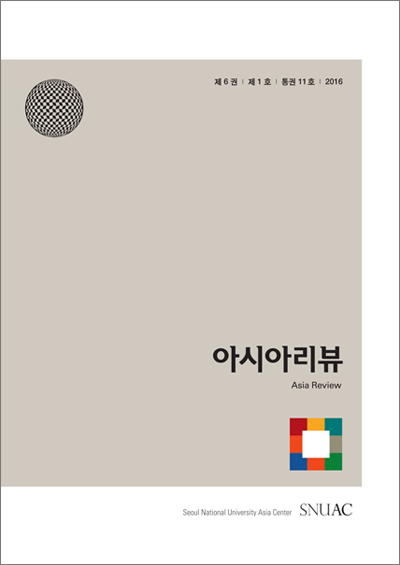In August 2017, the New York Times Magazine published an article declaring that YouTube had become the “new talk radio” for the “new far right.” It described the emergence of a community that it called the “YouTube Right:”
“This community takes the form of a loosely associated group of channels and personalities, connected mostly by shared political instincts and aesthetic sensibilities. They are monologists, essayists, performers and vloggers who publish frequent dispatches from their living rooms, their studios or the field, inveighing vigorously against the political left and mocking the ‘mainstream media,’ against which they are defined and empowered. They deplore ‘social justice warriors,’ whom they credit with ruining popular culture, conspiring against the populace and helping to undermine ‘the West.’ They are fixated on the subjects of immigration, Islam and political correctness. They seem at times more animated by President Trump’s opponents than by the man himself, with whom they share many priorities, if not a style. Some of their leading figures are associated with larger media companies, like Alex Jones’ Infowars or Ezra Levant’s Rebel Media. Others are independent operators who found their voices in the medium” (Herrman, 2017).
Although the New York Times mainly focused on English language content creators who were based in North America, the above description, with a few names changed, could be applied to other countries around the world. YouTube and other social media sites have made it easier than ever for alternative media outlets and amateur journalists to create and share their work. The “YouTube Right” doesn’t just exist within the context of Donald Trump and American conservatism – it is an international phenomenon.

